ISRO Tests India's Largest Cryogenic Engine For 400-Ton Rocket
Sat 18 Feb 2017, 23:49:23
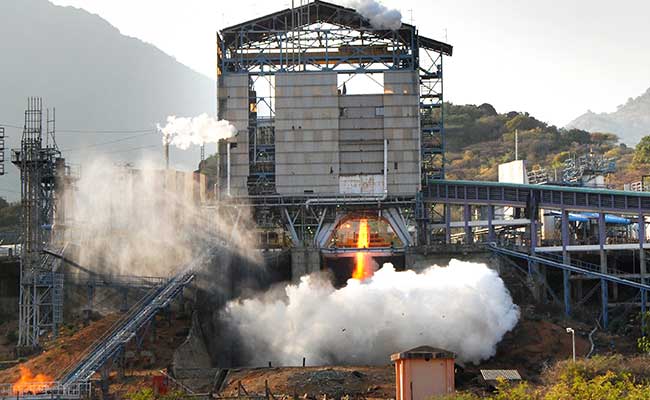
India's space agency certainly seems to be on a trajectory to amaze. After stealing the headlines worldwide this week for launching 104 satellites with a single rocket, the Indian Space Research Organisation or ISRO has successful tested the country's largest cryogenic engine for a full 10 minutes. The engine will power its mammoth Geosynchronous Satellite Launch Vehicle (GSLV) Mark III rocket capable of propelling a 4-ton class satellites into geo-synchronous orbit - the altitude where satellites revolve in sync with the Earth's rotation.
With this final hurdle crossed yesterday at an ISRO facility in Tamil Nadu's Mahendragiri, India is all set to test the GSLV Mark III rocket which is almost 50 meters high and weighs 414 tons - equal to 75 Asian elephants. The rocket will
be a successor to the GSLV Mark II which was first launched in 2001 and can carry a heavier payload than the Polar Satellite Launch Vehicle or PSLV.
be a successor to the GSLV Mark II which was first launched in 2001 and can carry a heavier payload than the Polar Satellite Launch Vehicle or PSLV.
The rocket engine uses liquid hydrogen and liquid oxygen as fuel that are stored at minus 253 degrees centigrade and then ignited to burn at plus hundreds of degrees centigrade just a few centimetres down engine. A very complex technology, the cryogenic engine has been mastered only by Russia, USA, France, China, Japan and India.
India's space programme has received special international acclaim since three years ago, ISRO scientists pulled off an ambitious mission to send a probe to orbit Mars that succeeded at the first attempt - and at $74 million cost less than the Hollywood space film Gravity.
No Comments For This Post, Be first to write a Comment.
Most viewed from National
Most viewed from World
AIMIM News
Latest Urdu News
Most Viewed
May 26, 2020
Can Lionel Messi's visit boost Indian football?
Latest Videos View All
Like Us
Home
About Us
Advertise With Us
All Polls
Epaper Archives
Privacy Policy
Contact Us
Download Etemaad App
© 2025 Etemaad Daily News, All Rights Reserved.




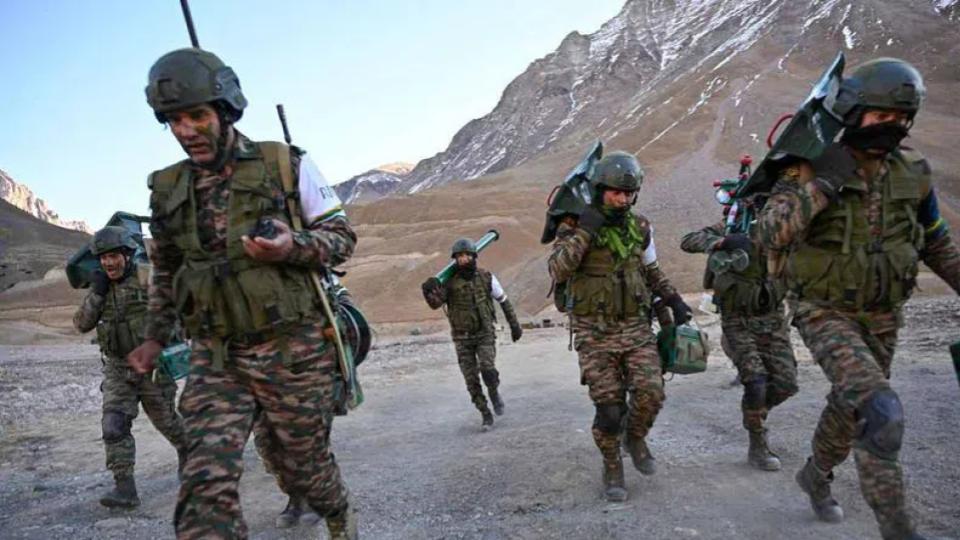

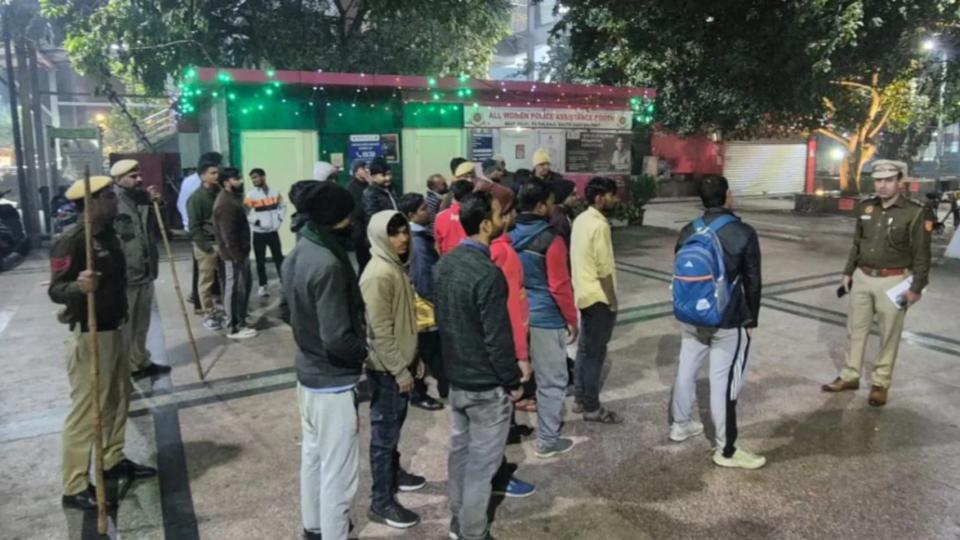
.jpg)


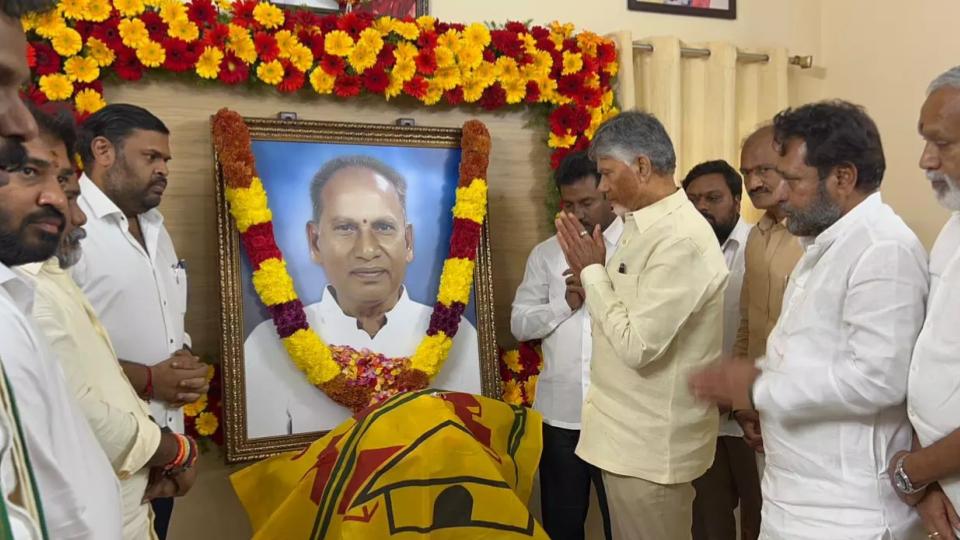

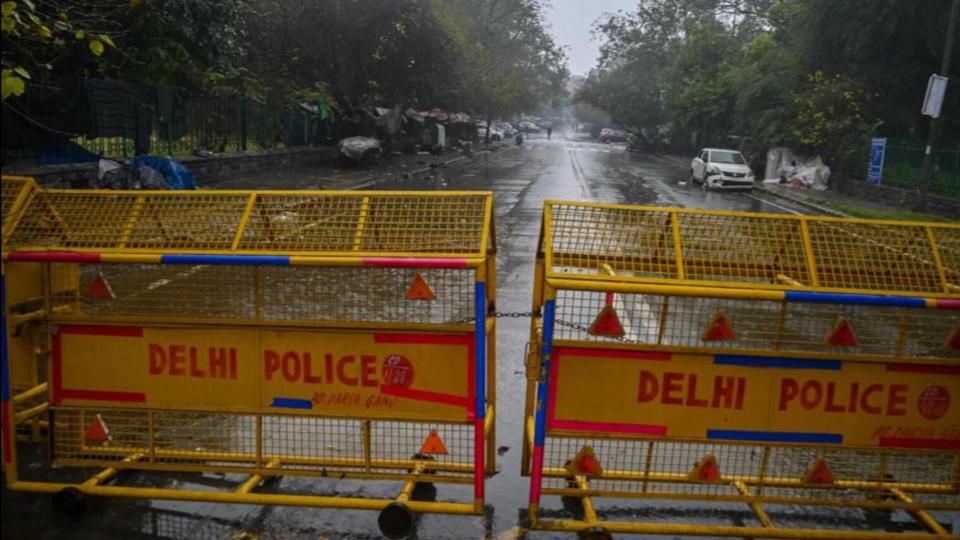
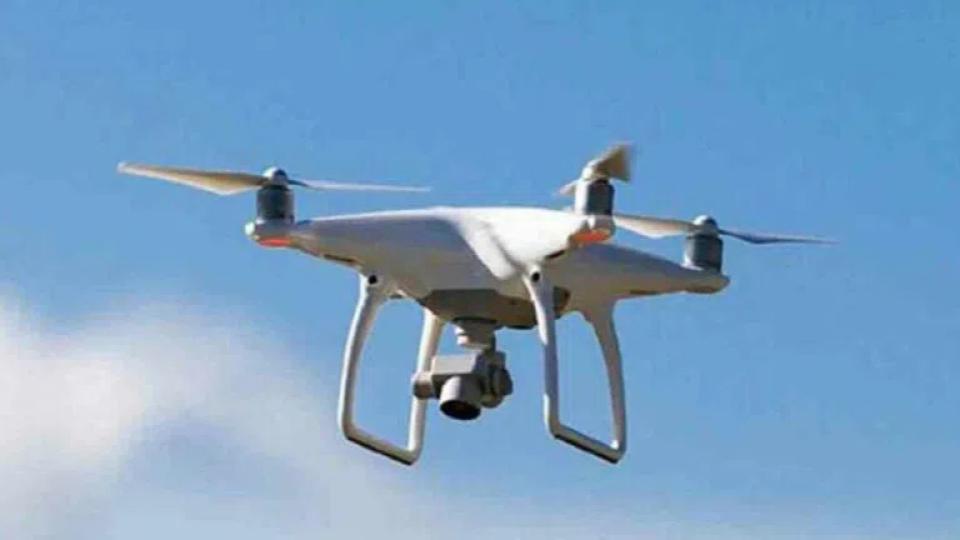

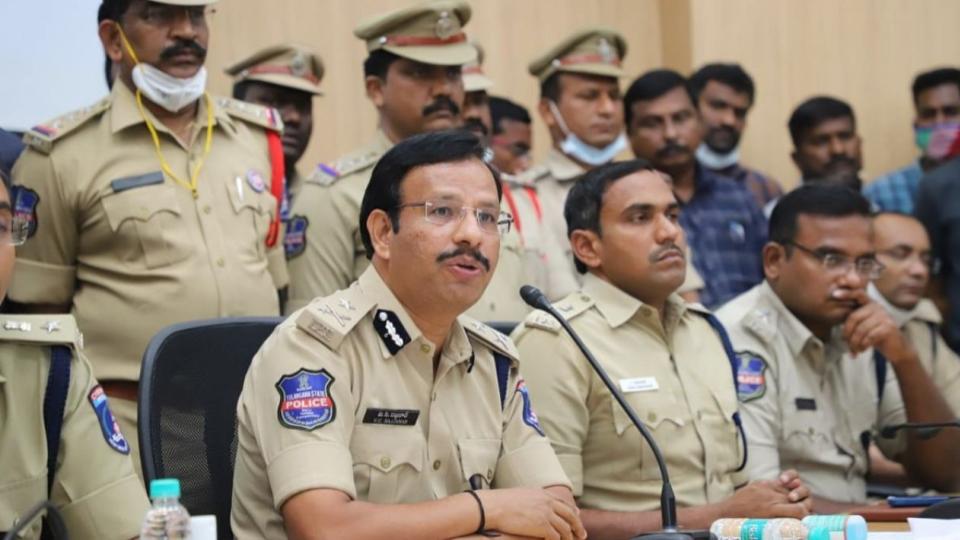



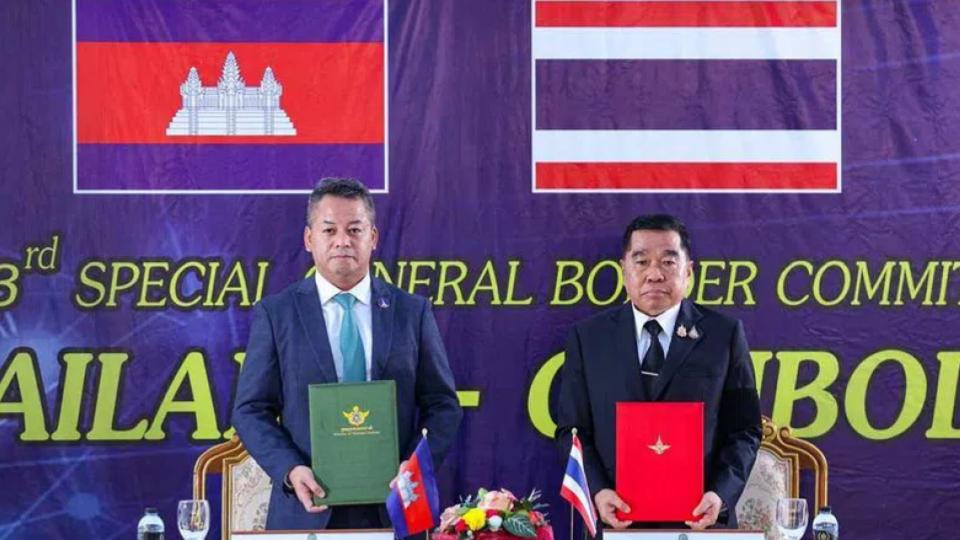

















.jpg)
.jpg)
.jpg)


